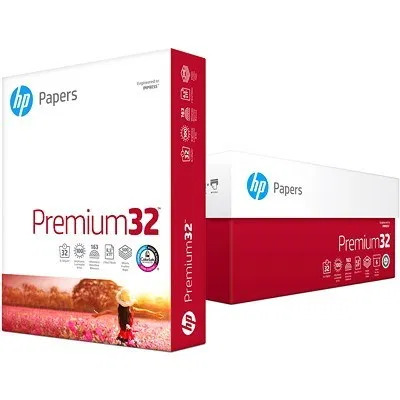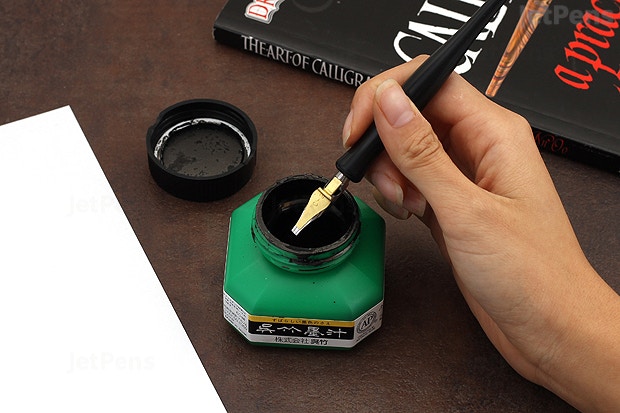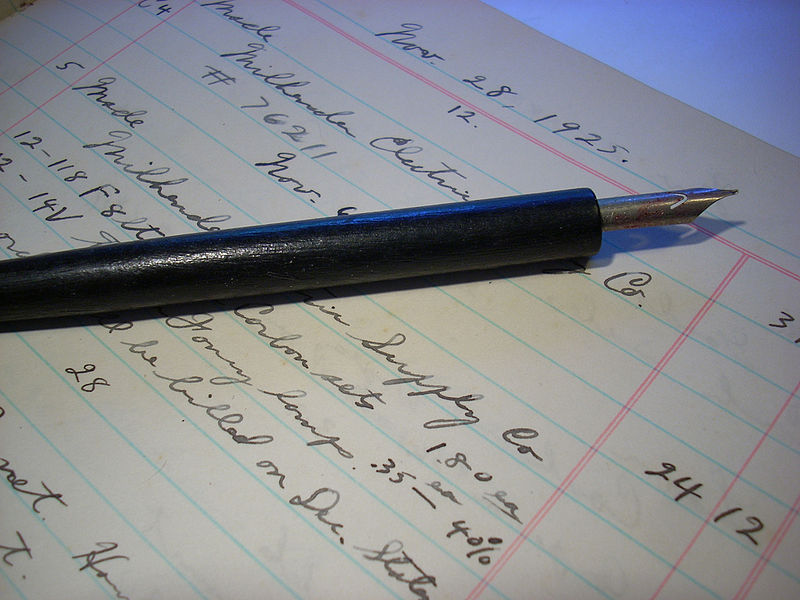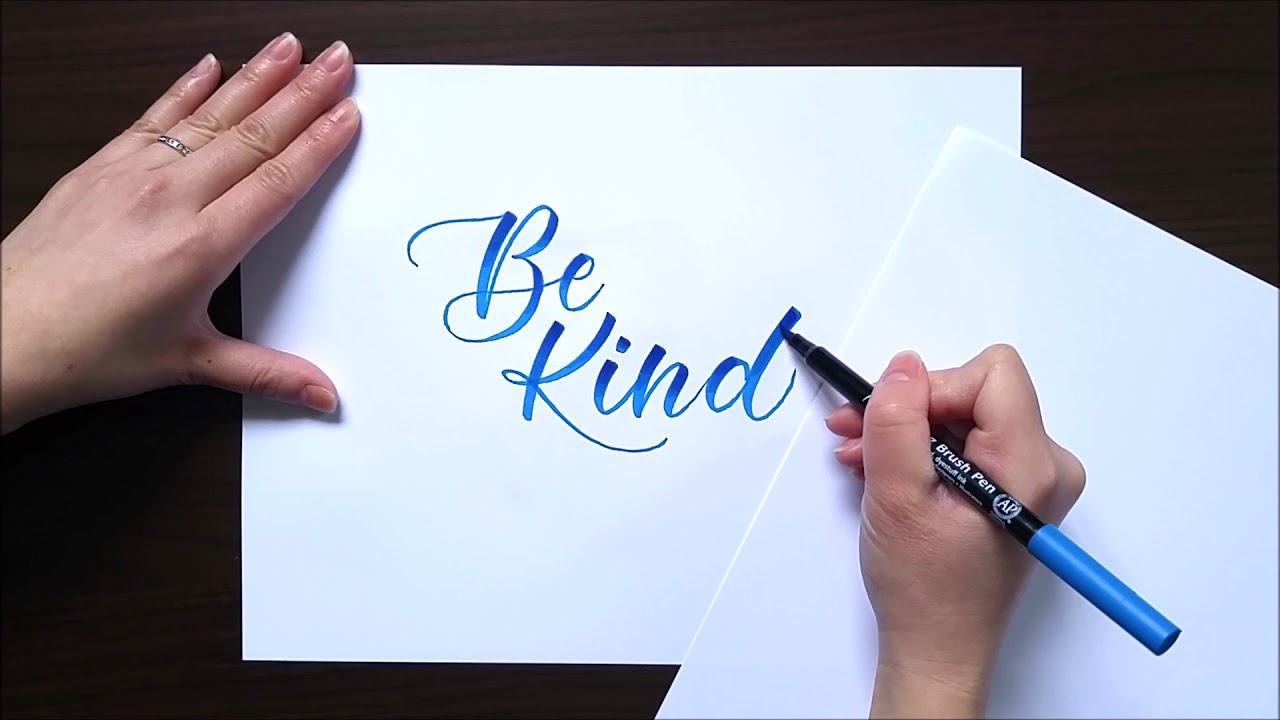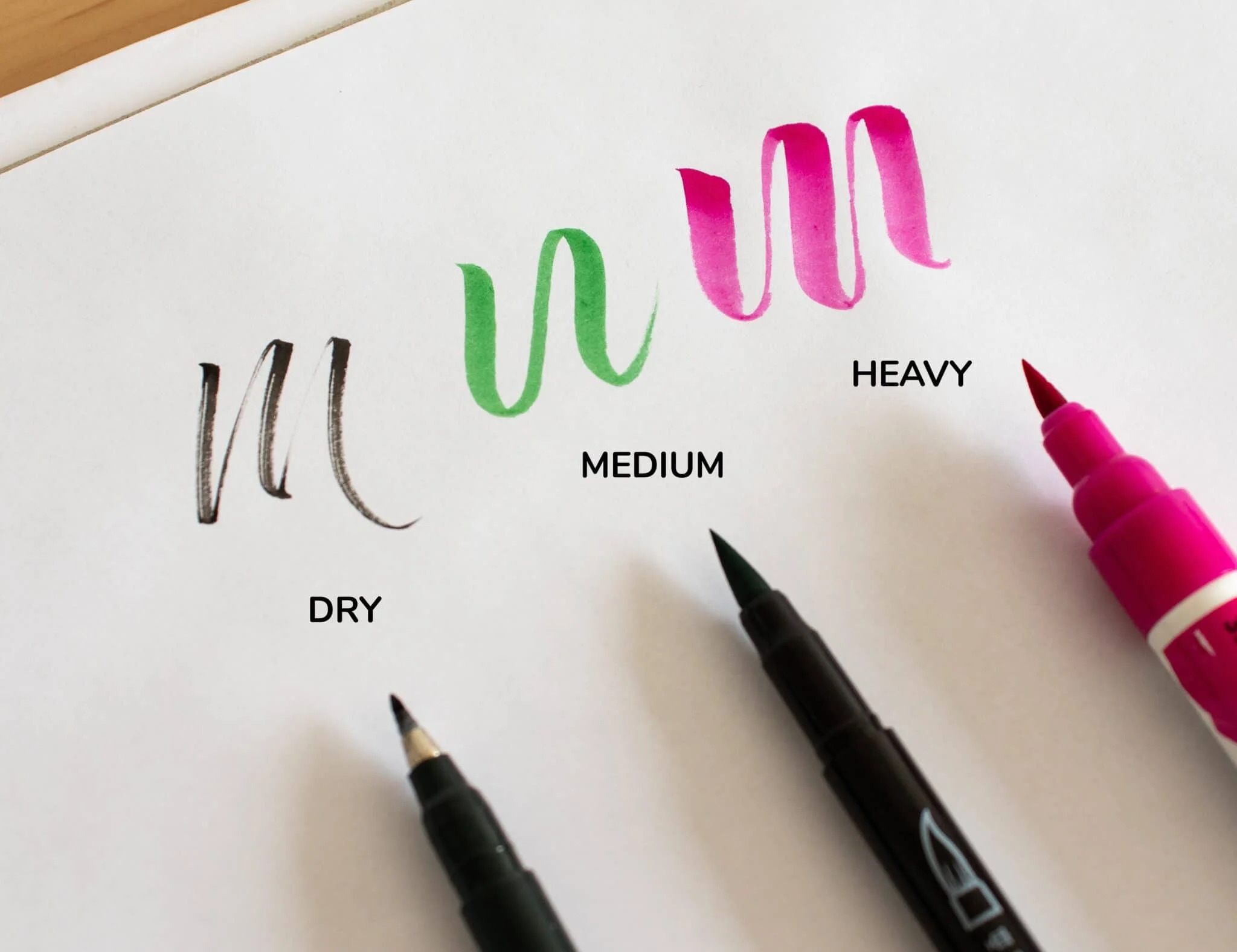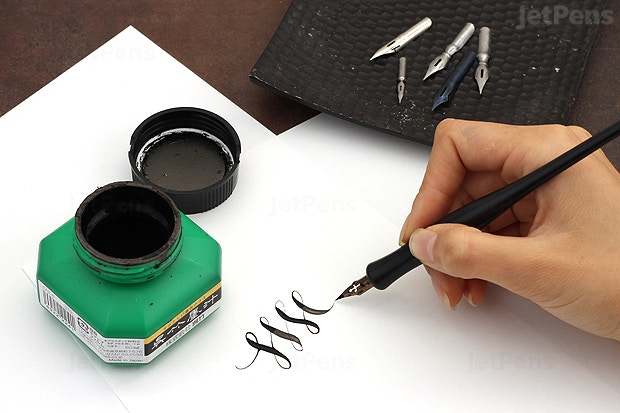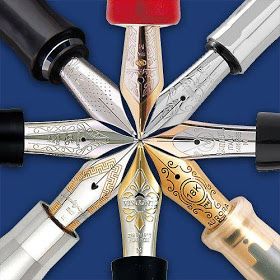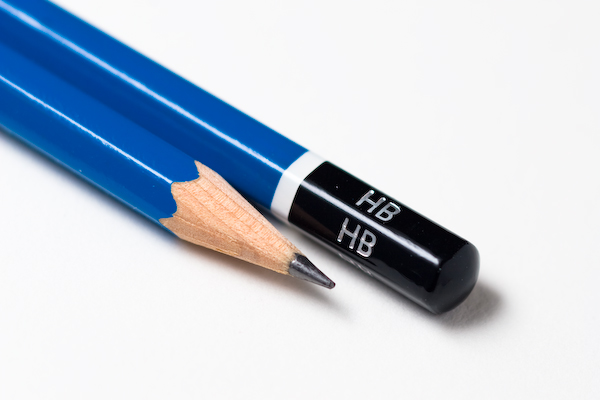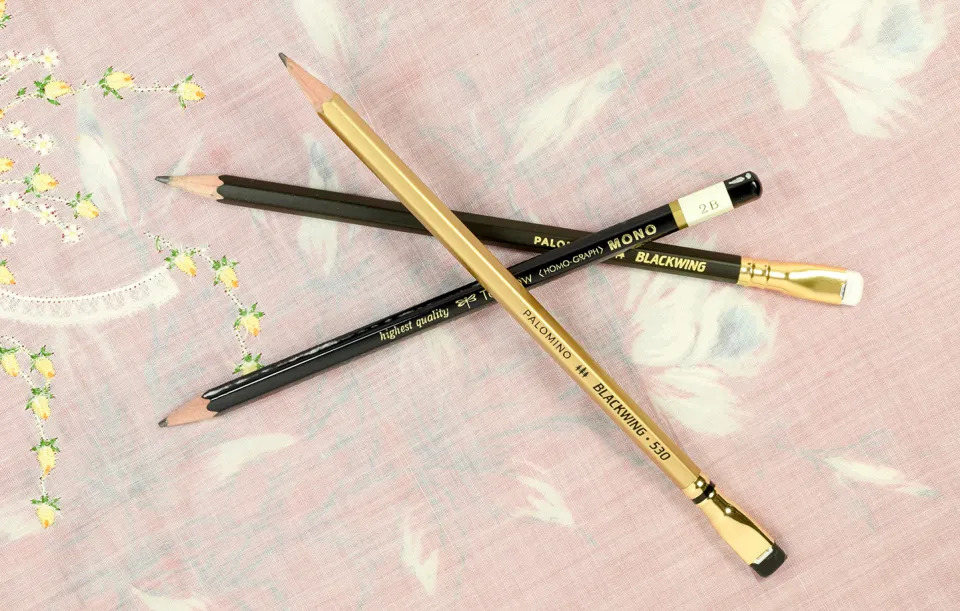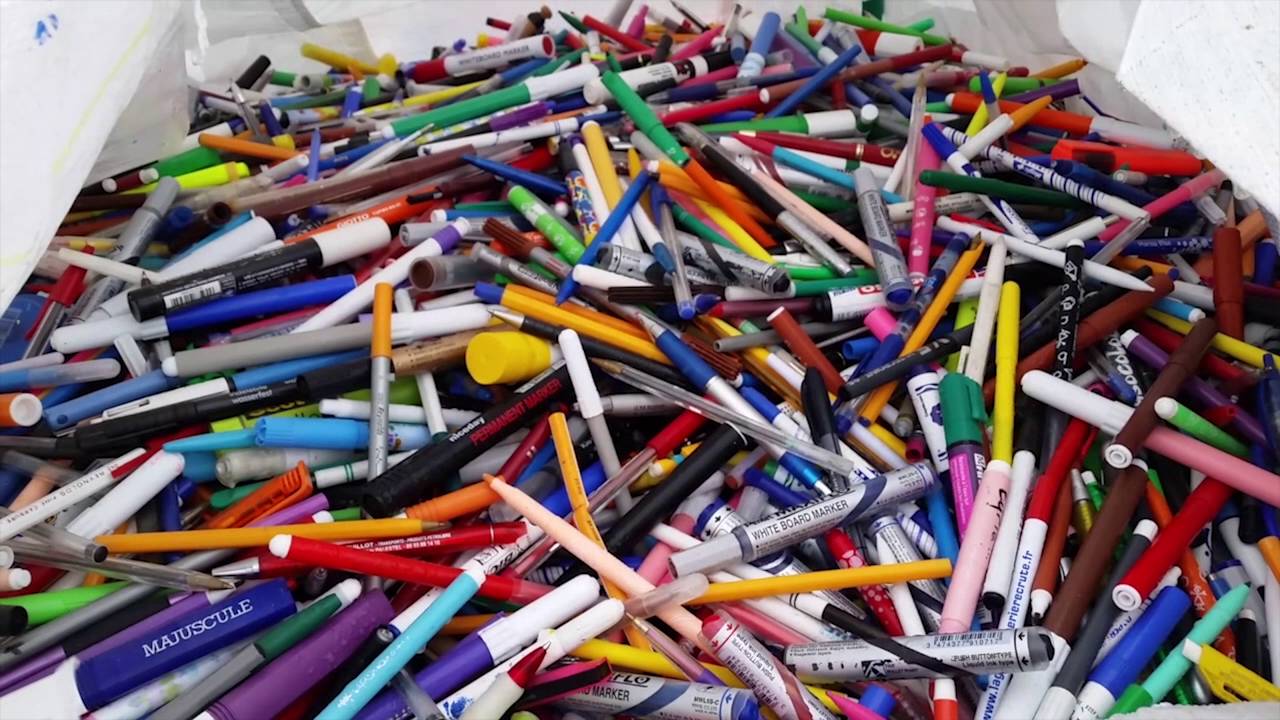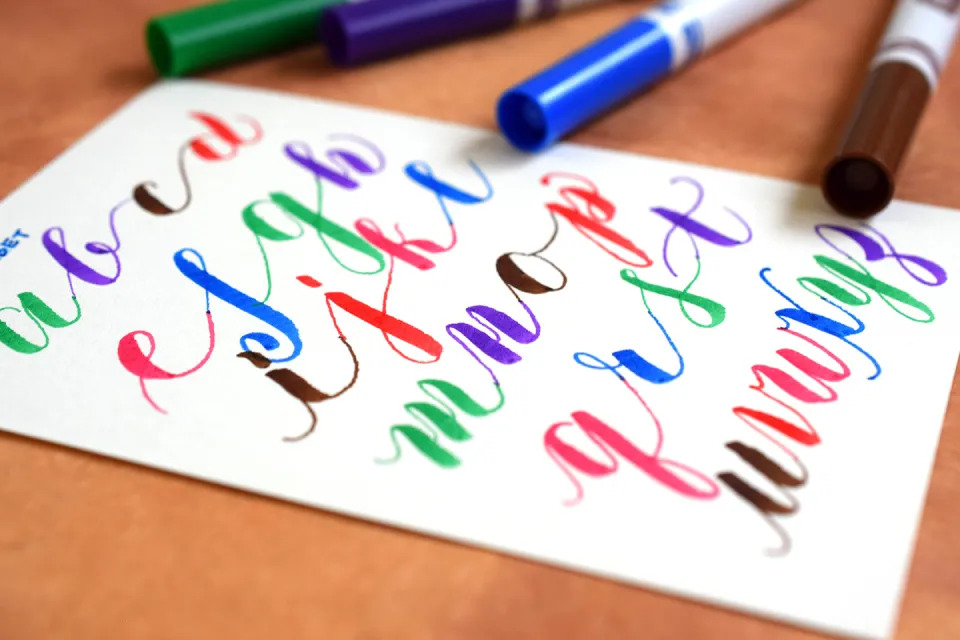WHAT IS CALLIGRAPHY
Calligraphy is more than ‘beautiful handwriting’ or ‘ornate lettering techniques.’
It’s a set of skills and techniques for positioning and inscribing words so they show integrity, harmony, some sort of ancestry, rhythm and creative fire.
Elements that makeup calligraphy:
Symbol here means a mark which has a specific agreed-upon meaning in a language, like a letter of the alphabet, a numeral or a word.
Integrity of a letter or other symbol means admirable proportions and form.
Harmony describes a pleasing relationship between different visual elements in a piece of calligraphy: parts of a letter, letters, words, the whole text and surrounding space.
Ancestry refers to the heritage of letter-shapes, materials and techniques which calligraphers use.
Rhythm means the calligrapher's deliberate repetition and variation of marks and spaces to create feelings of pattern and emphasis when you look at the work.
Creative fire... well ... that’s the slightly mysterious life and individuality of any piece of art. That’s the part of it which is you.
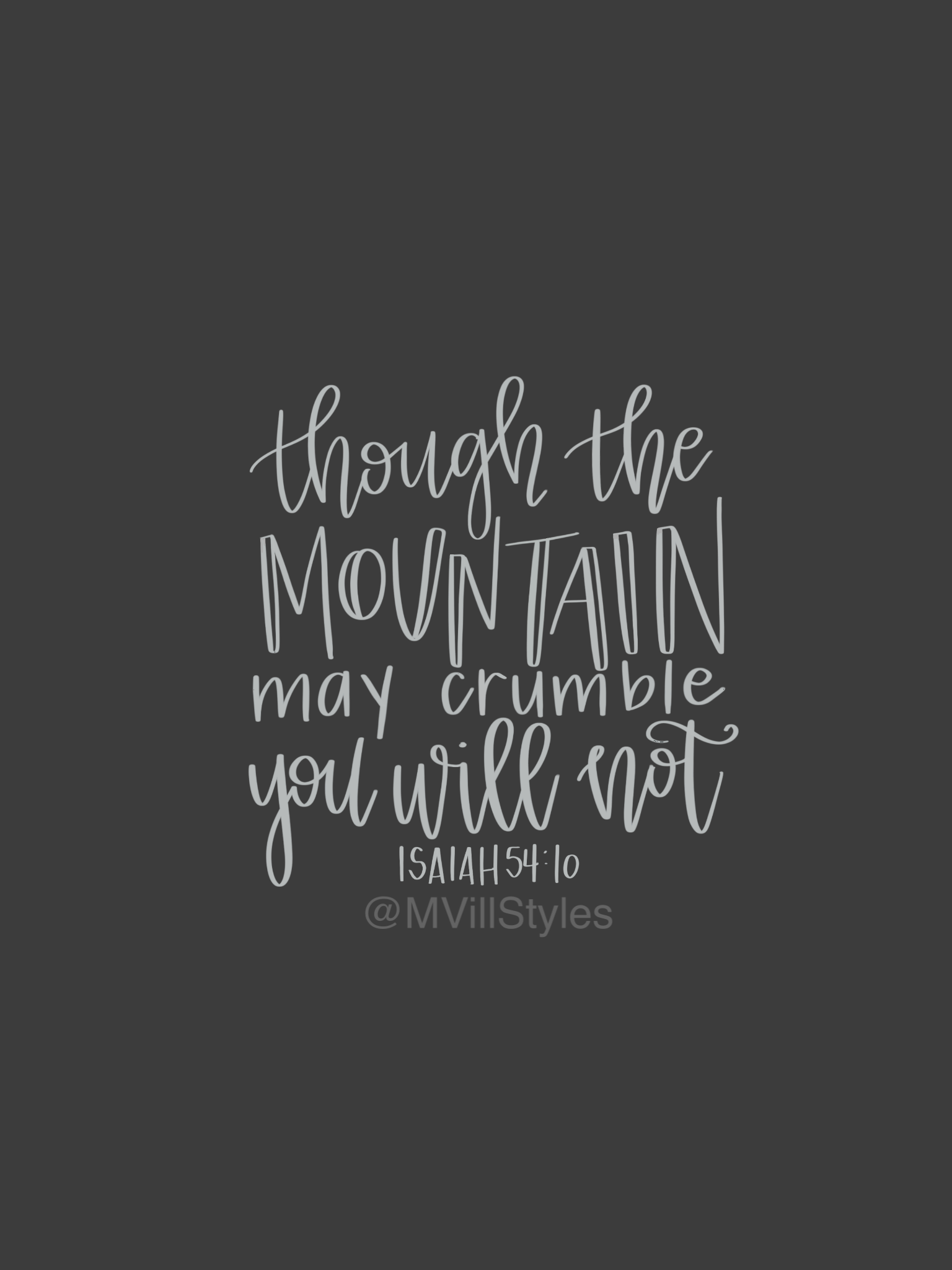
WHAT IS CALLIGRAPHY AT QUICK CALLIGRAPHY ?
With this content, Quick Calligraphy wants to introduce you to the world of calligraphy. Using Pitt Artist Pen, we want to show you how you can magically change simple things to great artworks in a personal way. Your imagination knows no limits!
Just minor preparations can help you to express yourself freely at your workstation. Righthanded writers can arrange all the materials on the right side of the workstation. Left-handed writers can do the opposite. A tilted surface or tilted drawing board is great for ensuring that you have a perfect view of your drawing. It’s best to fix a few sheets of paper to the drawing board as an underlay to provide a stable base.
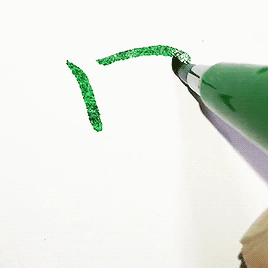
THE PAPER
For calligraphy to work, it is important to use the right paper. Layout paper is great for practising due to its extremely smooth surface. It is also slightly transparent, meaning that guiding lines drawn previously on a sheet of paper placed underneath the layout paper are visible. Because hot-pressed watercolour paper has a smooth surface texture, it is also perfect for calligraphy drawings. Drawing cardboard with a smooth surface is ideal for beginners in the field of calligraphy. Cold-pressed papers, on the other hand, have a rough surface. Good to know: Hot-pressed means that the paper runs through heated rollers. This smooths the paper. Cold-pressed paper is pressed without the influence of heat. This gives the paper a rough surface.
Guiding lines:
To give the letters a uniform appearance in calligraphy, it is advisable to use guiding lines. Practice paper with printed guiding lines is already available for this. But you can also draw in guiding lines easily yourself.
Tip:
Start with simple basic shapes like curves, crosses or circles to develop a feeling for the properties of the chisel tip
In order to achieve optimal results, it is advisable to learn the basic techniques of calligraphy first. You will enjoy experimenting with different colours, techniques and nibs.

- Base line: The writing line upon which the body of a letter sits
- Ascender line: The guideline which sets the height of an ascending letter
- Cap line: The guideline which sets the height of a capital letter
- Ascender: The portion of a letter that is between the 7 x-line and the 2 ascender line
- Descender: The portion of a letter that lies below the 1 base line
- x-height: The height of a letter or the portion the script that is located between the 1 base line and the 2 ascender line (the height of the lower case „x“)
- x-line: The guideline showing correct position for upper limit of the 6 x-height
- Slant line: The guideline showing the correct slant
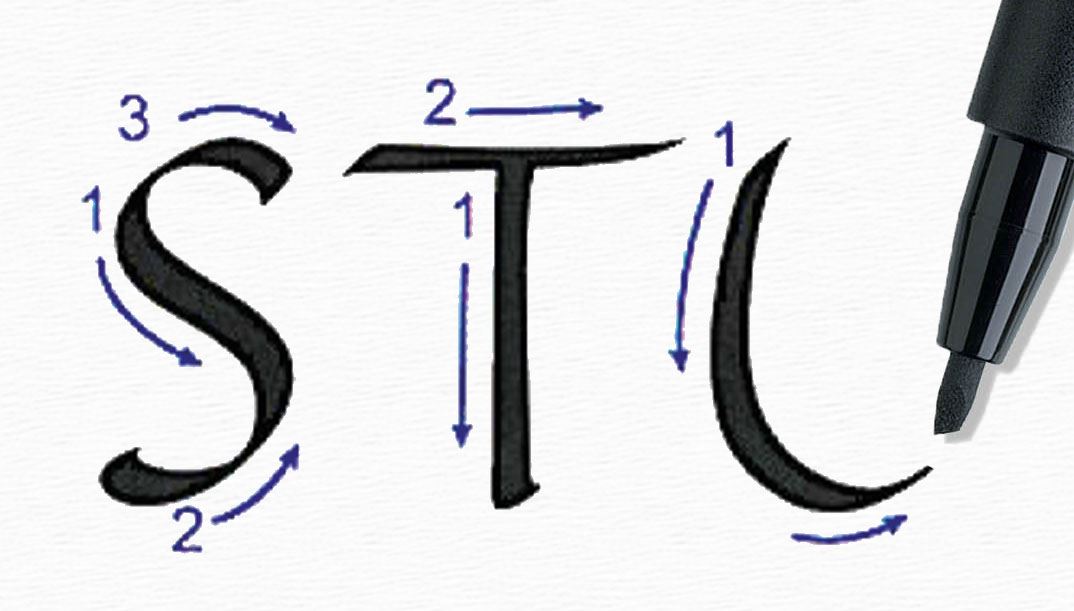
Slant: The slope of a letter, measured from the vertical.
Nib width: The width of the writing tool. A letter written at 4 nib widths high will appear twice as heavy as one written at 8 nib widths using the same writing tool.
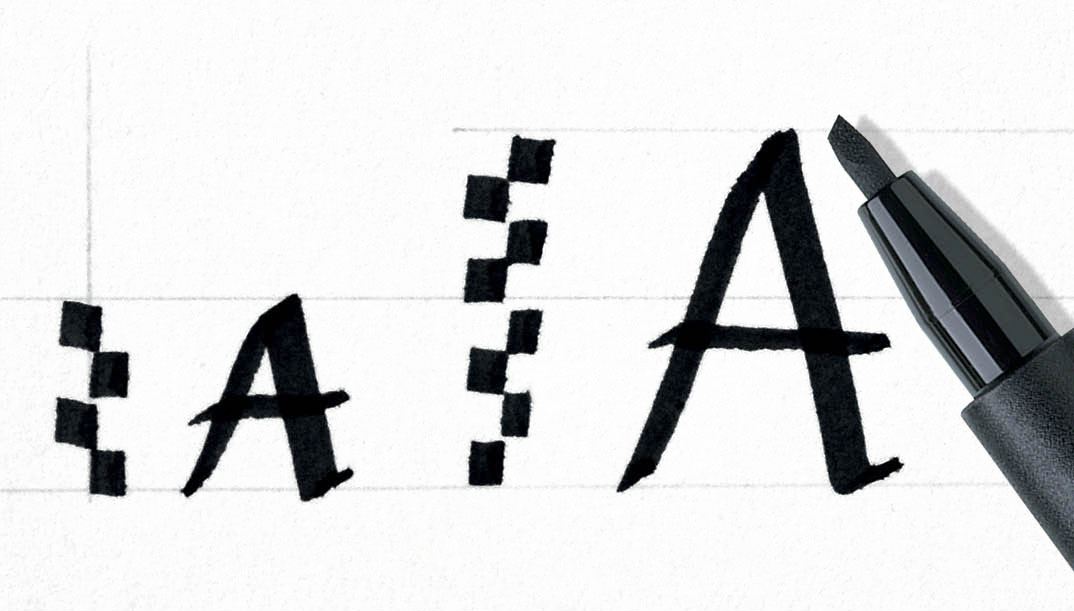
Hairline: A very thin line.
Pen Angle: The angle at which the nib meets the paper, relative to the base line.
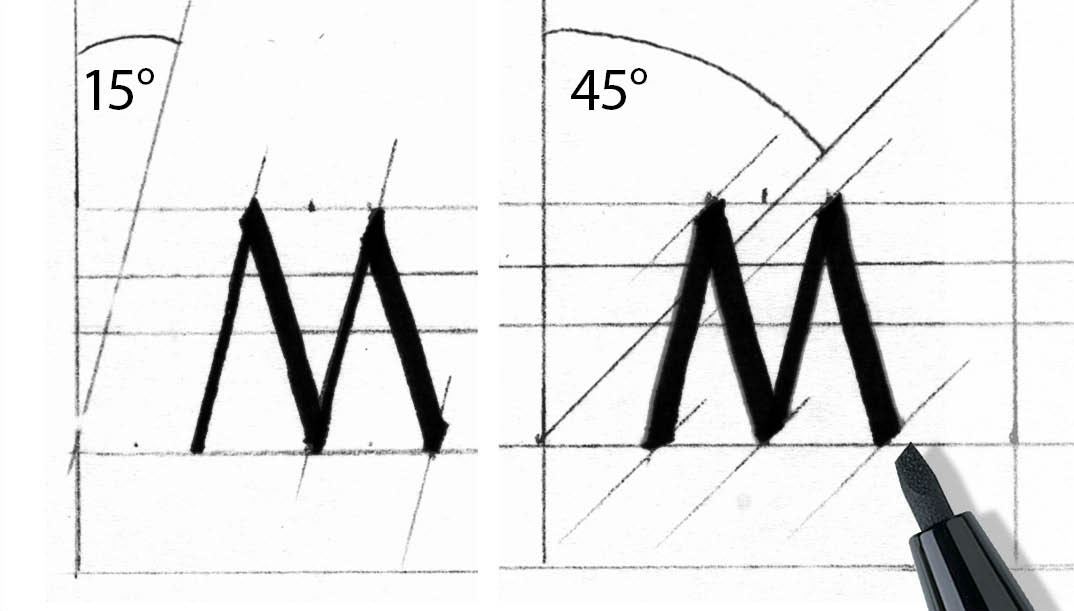
Downstroke: A stroke directed downwards towards the base line or descender line.
Cross bar: Horizontal stroke forming part of a letter (such as the „t“ or „H“).
WHAT EQUIPMENTS DO I NEED FOR MODERN CALLIGRAPHY
Now that we know the basic difference between traditional calligraphy and modern calligraphy, it’s time to review some of the essential items that we will need. Modern calligraphy can be practiced with a whole variety of different tools, such as


